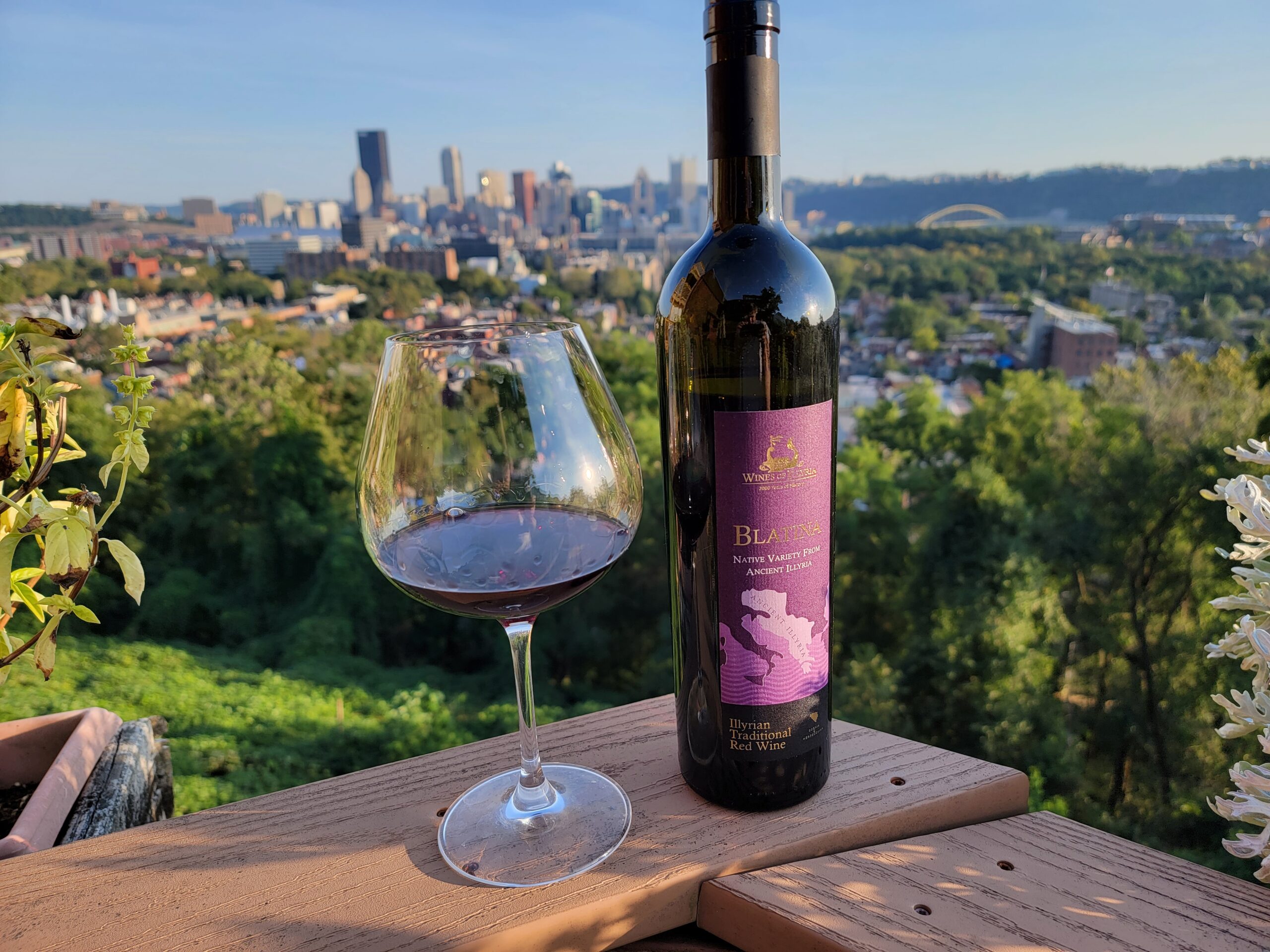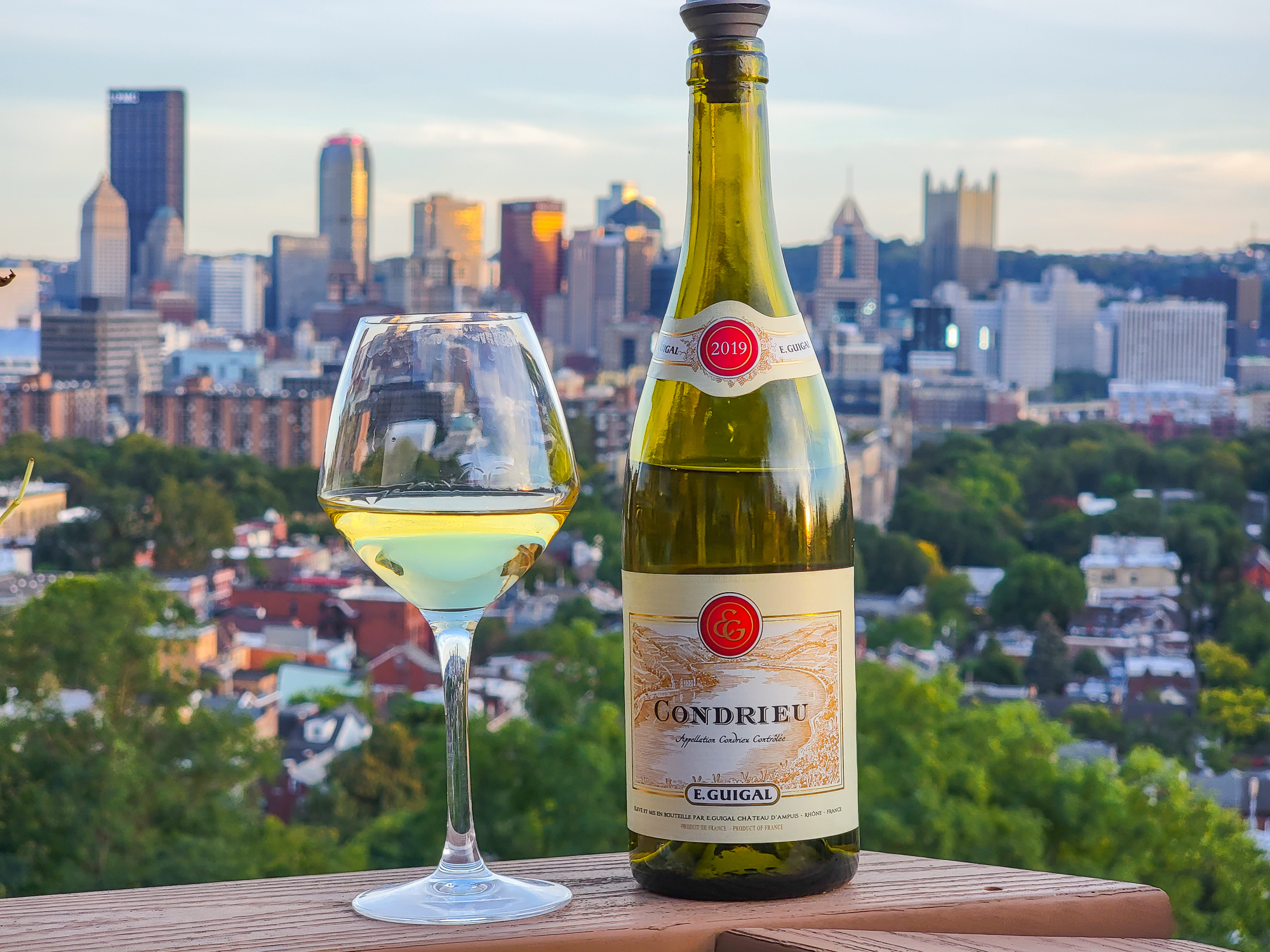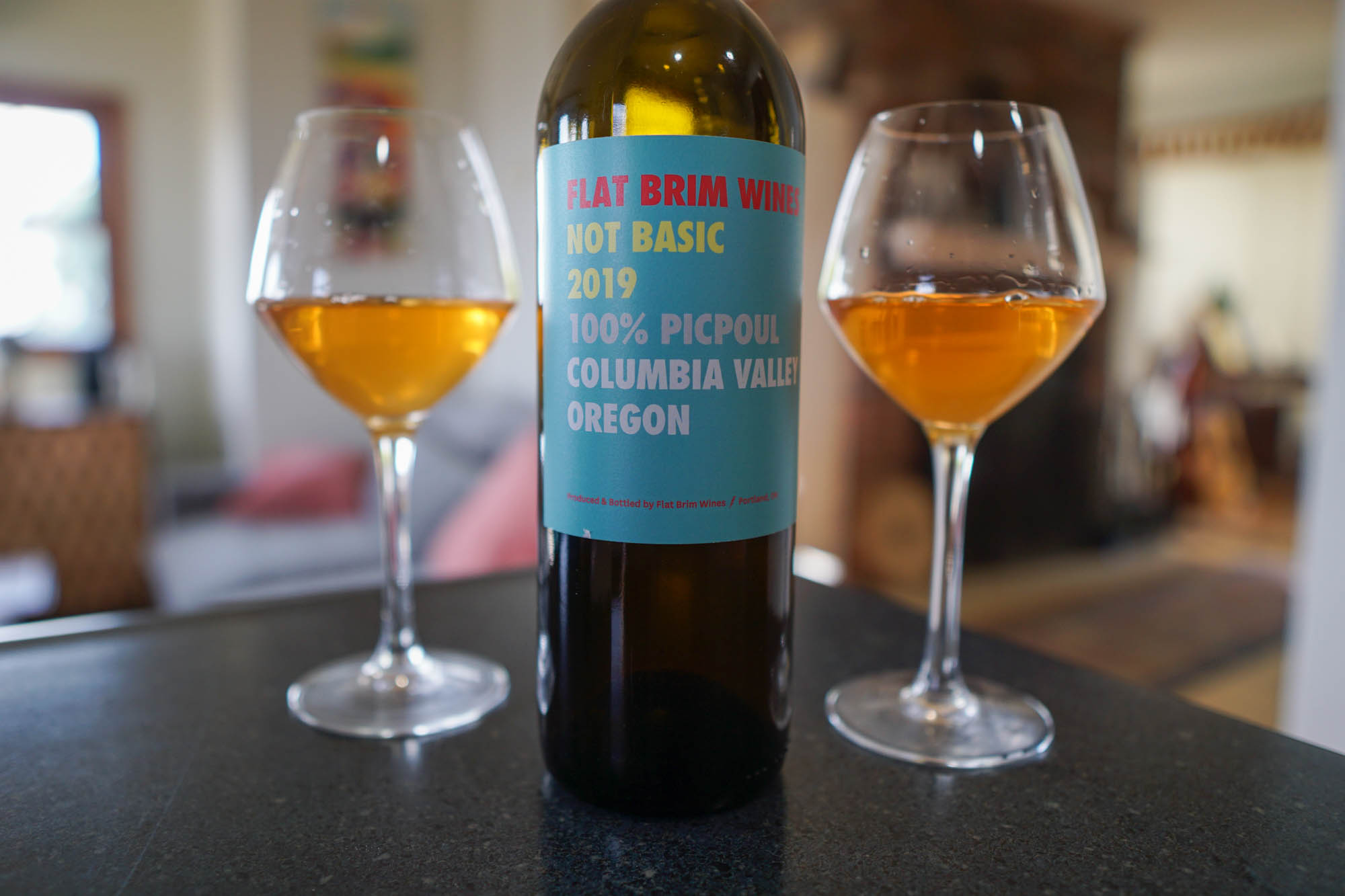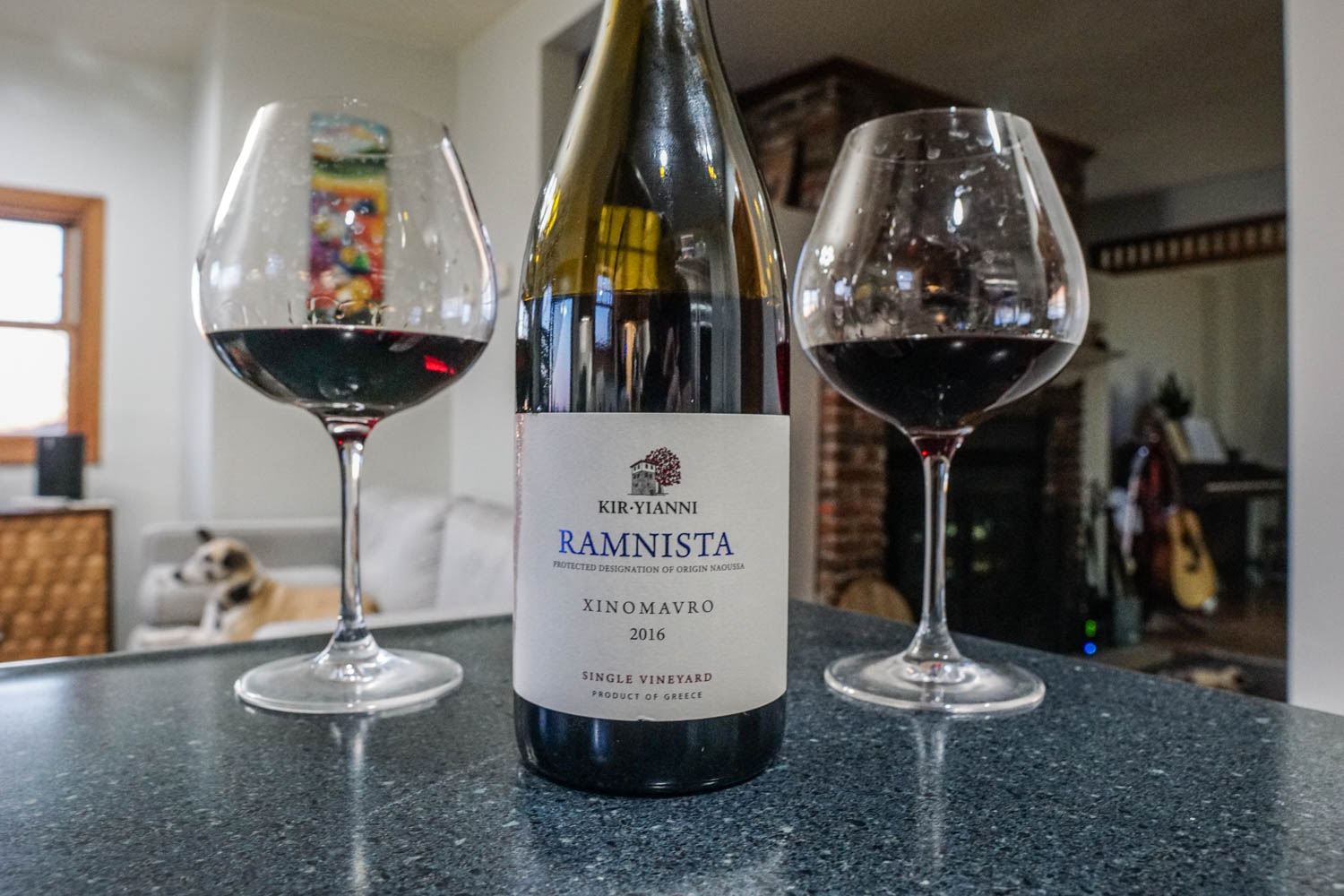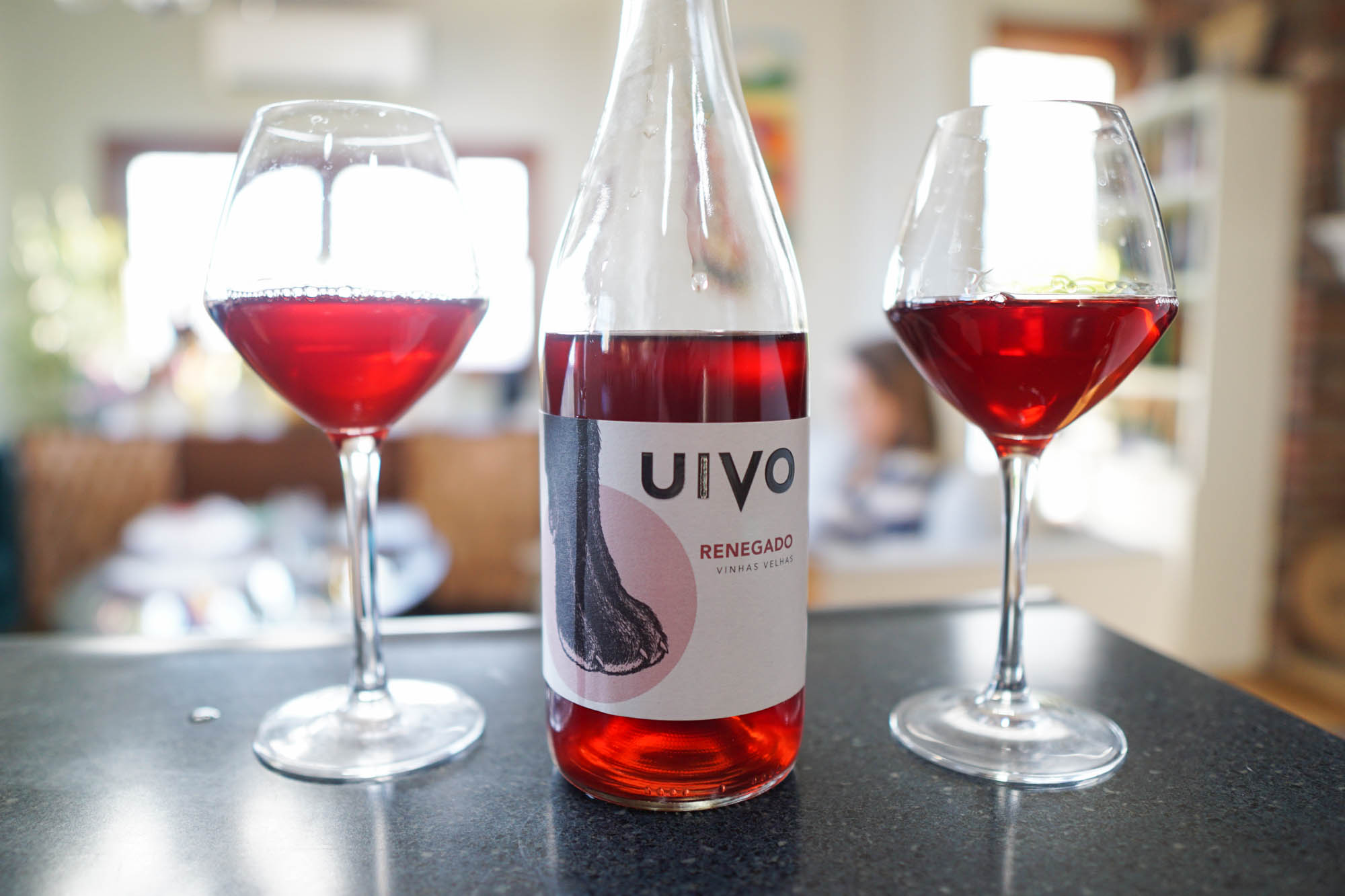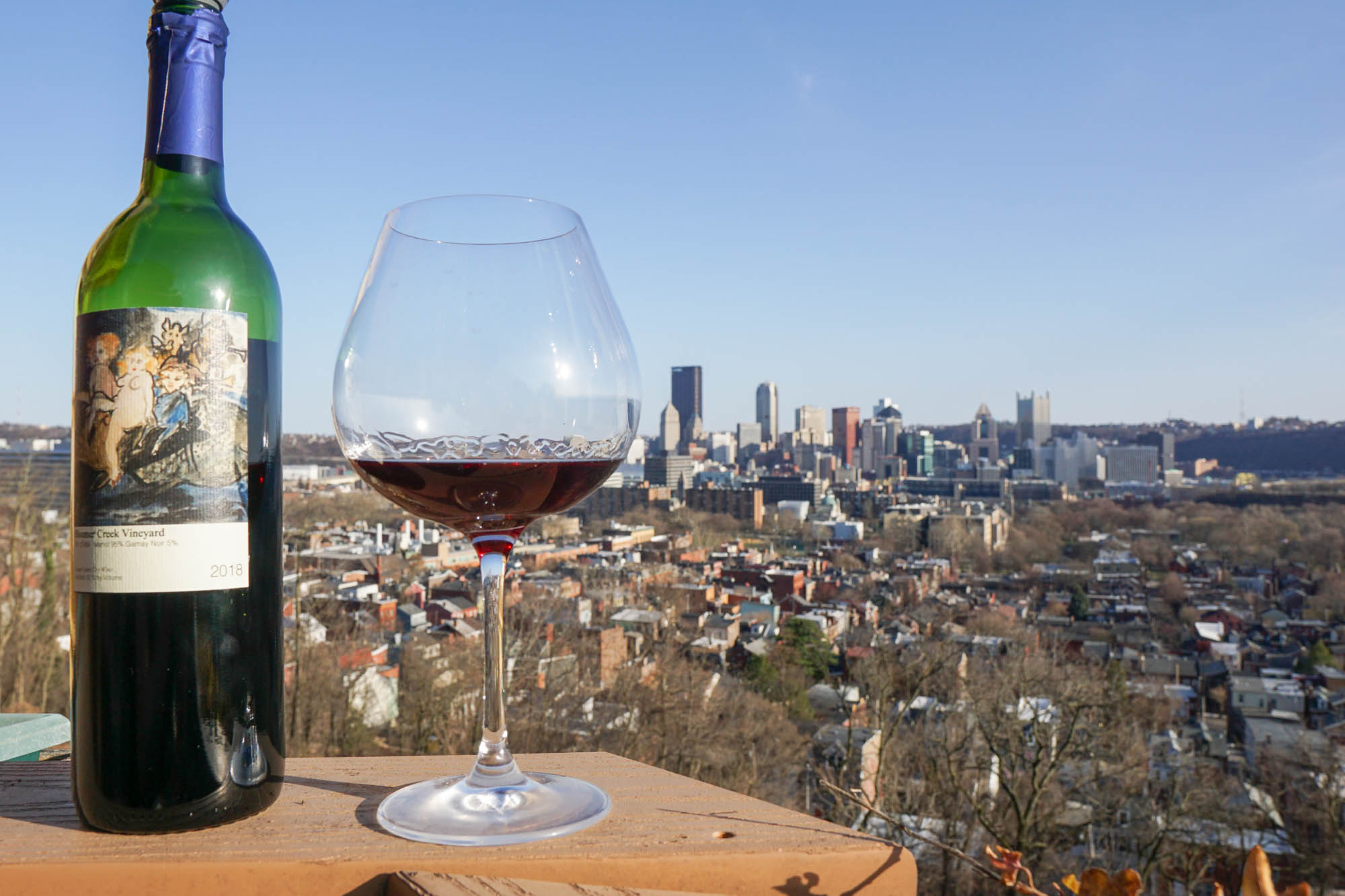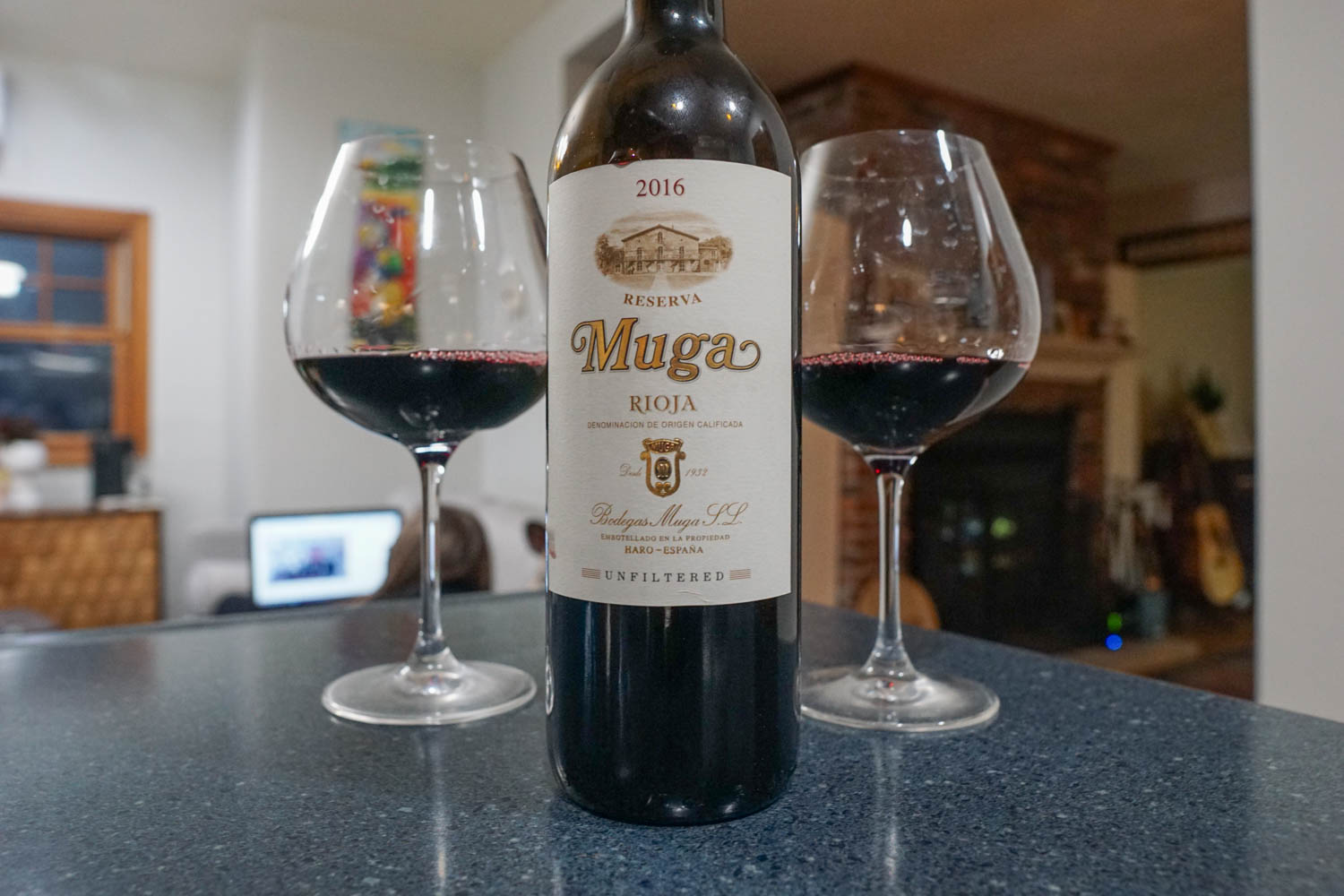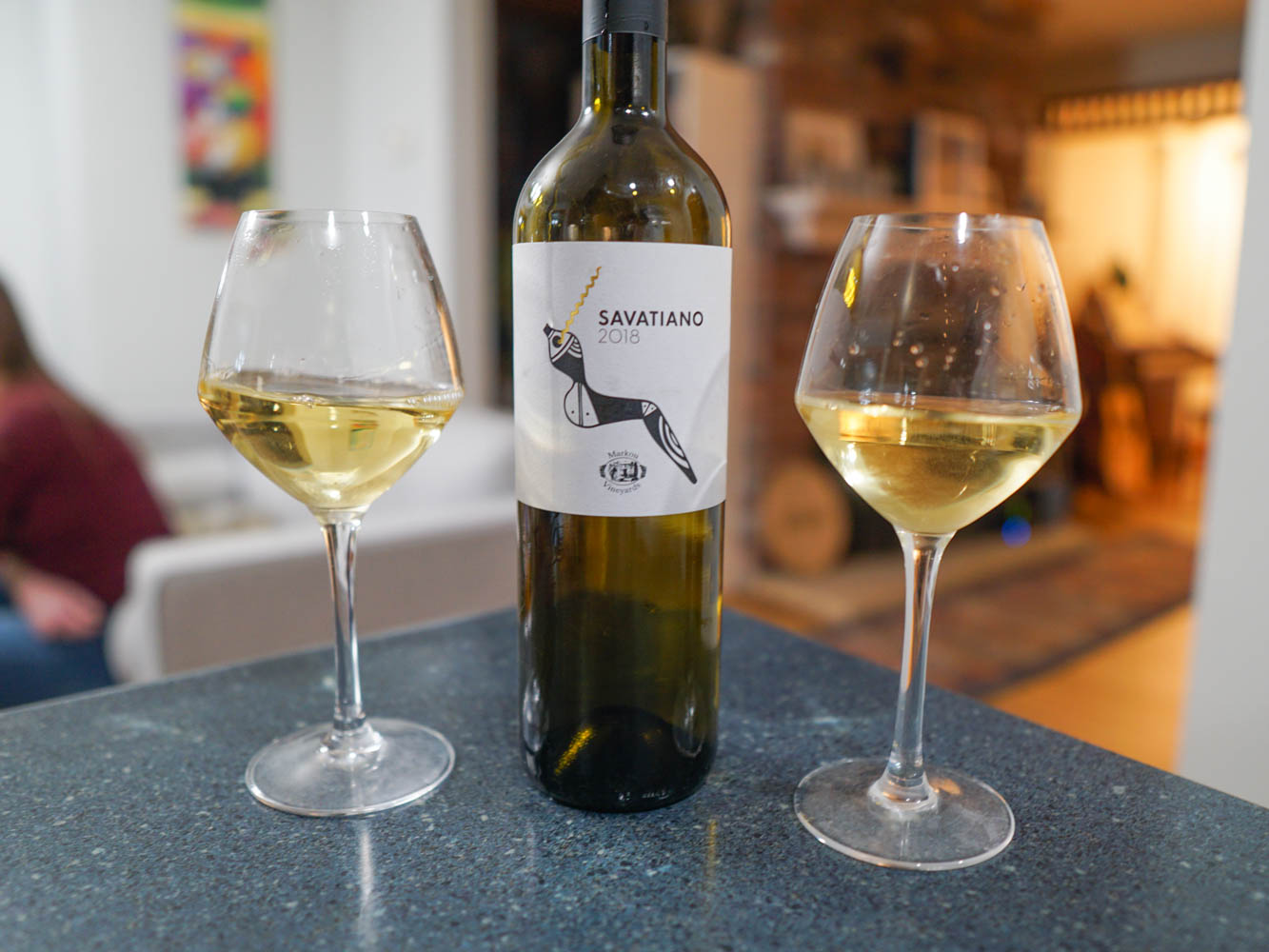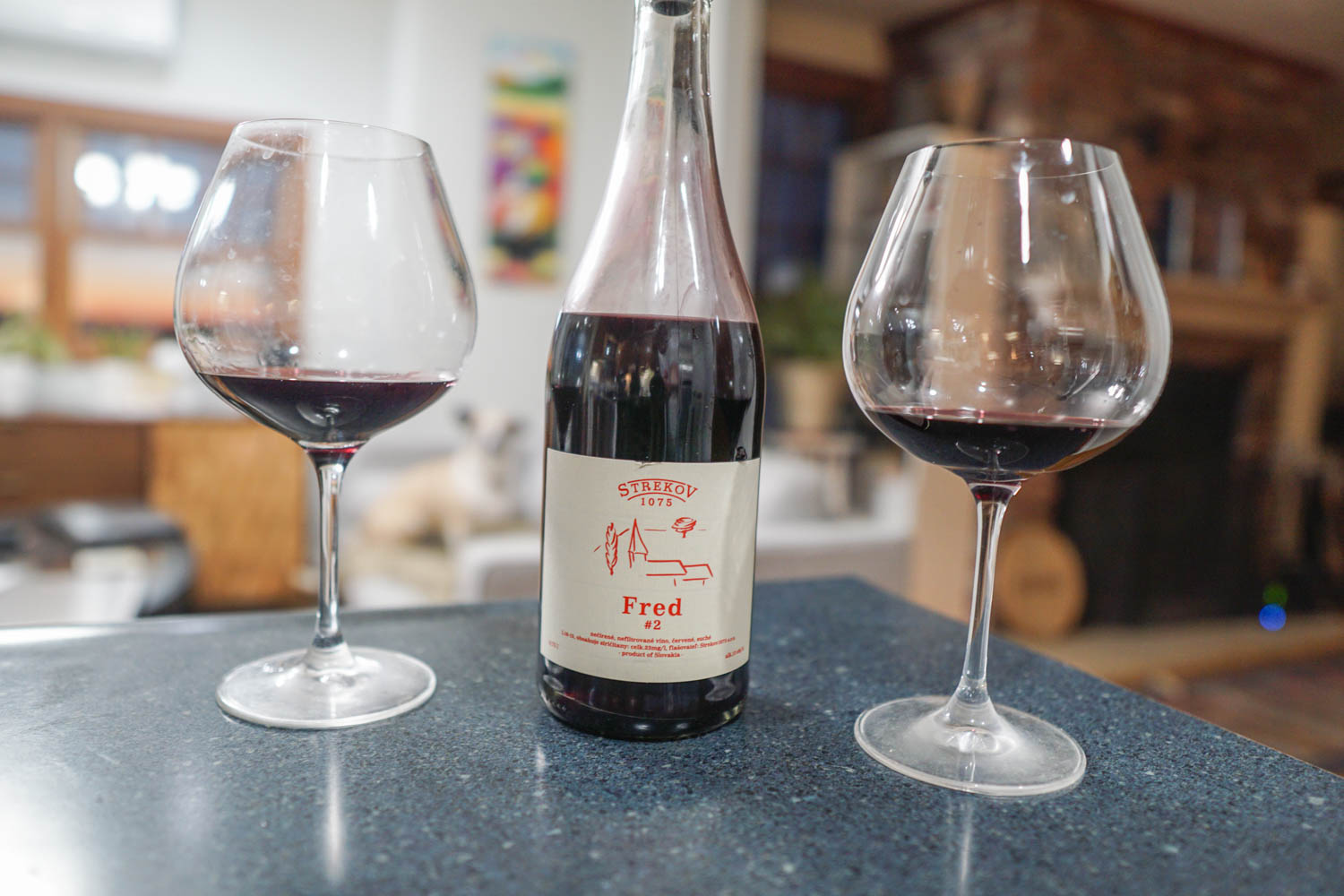In our never-ending quest to try all the grape varietals in the world, we've been enjoying several bottles from the Wines of Illyria brand as they feature an array of new-to-us grapes from the Balkans at a relatively reasonable price point.
Blatina is one such grape we got to try from this brand, and while we thought this particular bottle was somewhat simple it went quite nicely with stuffed cabbage rolls!

